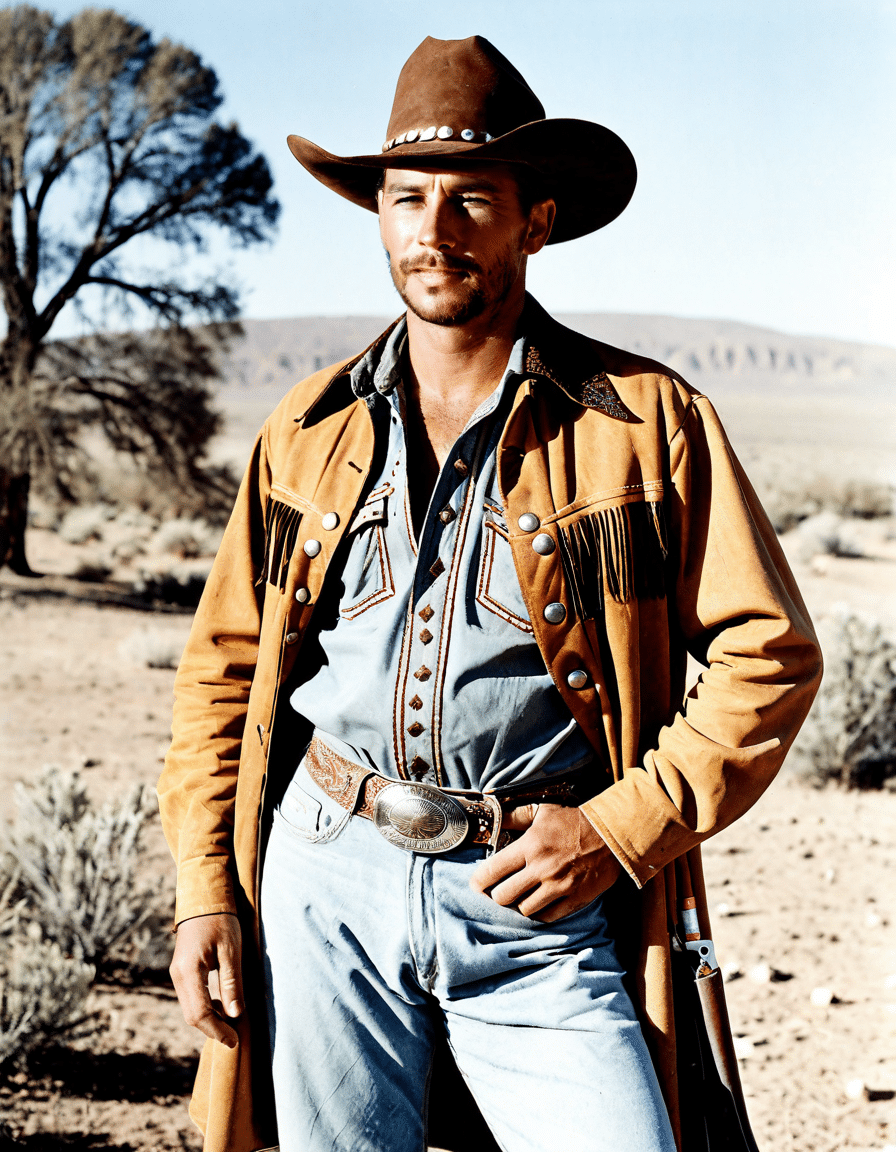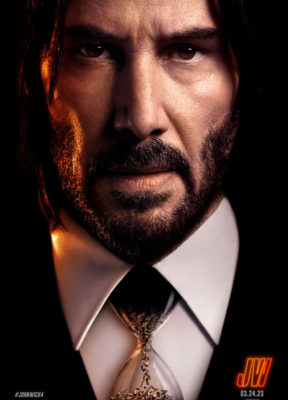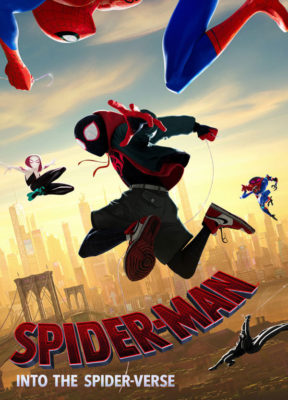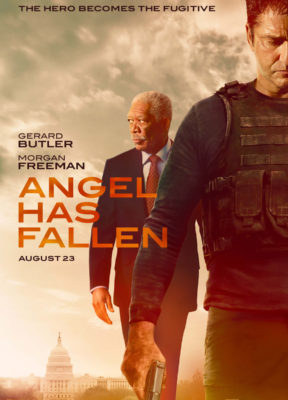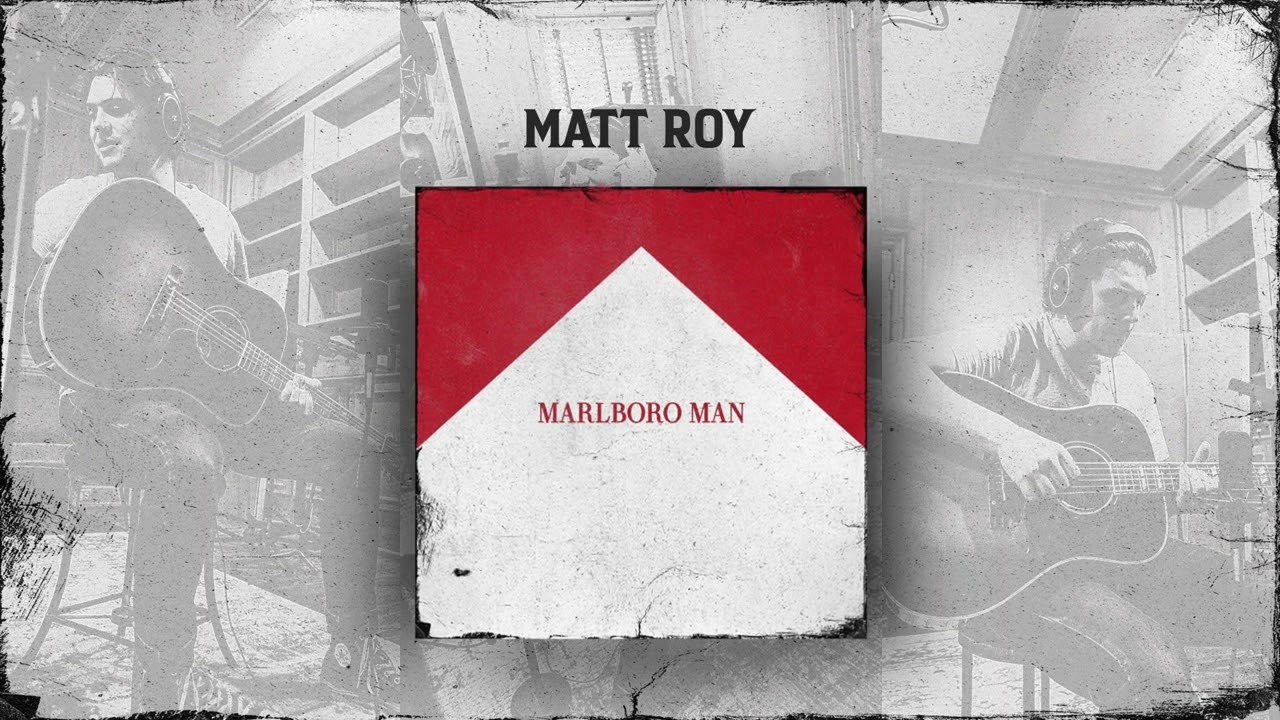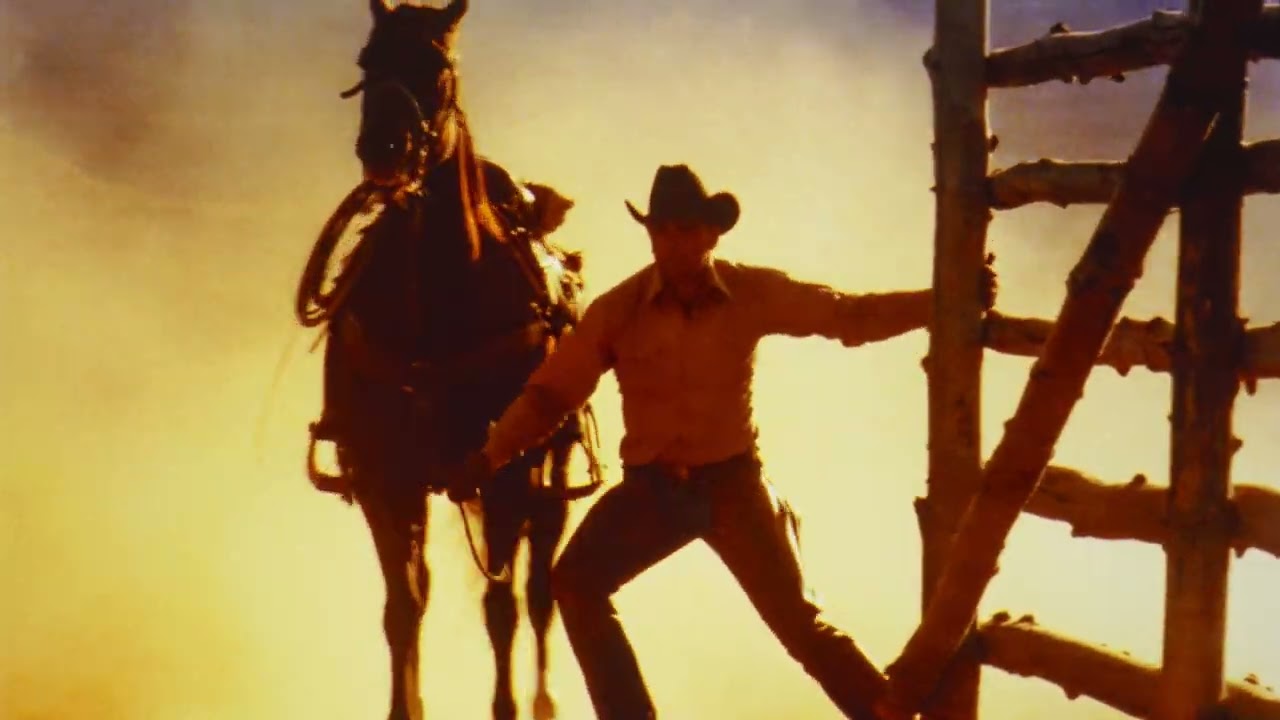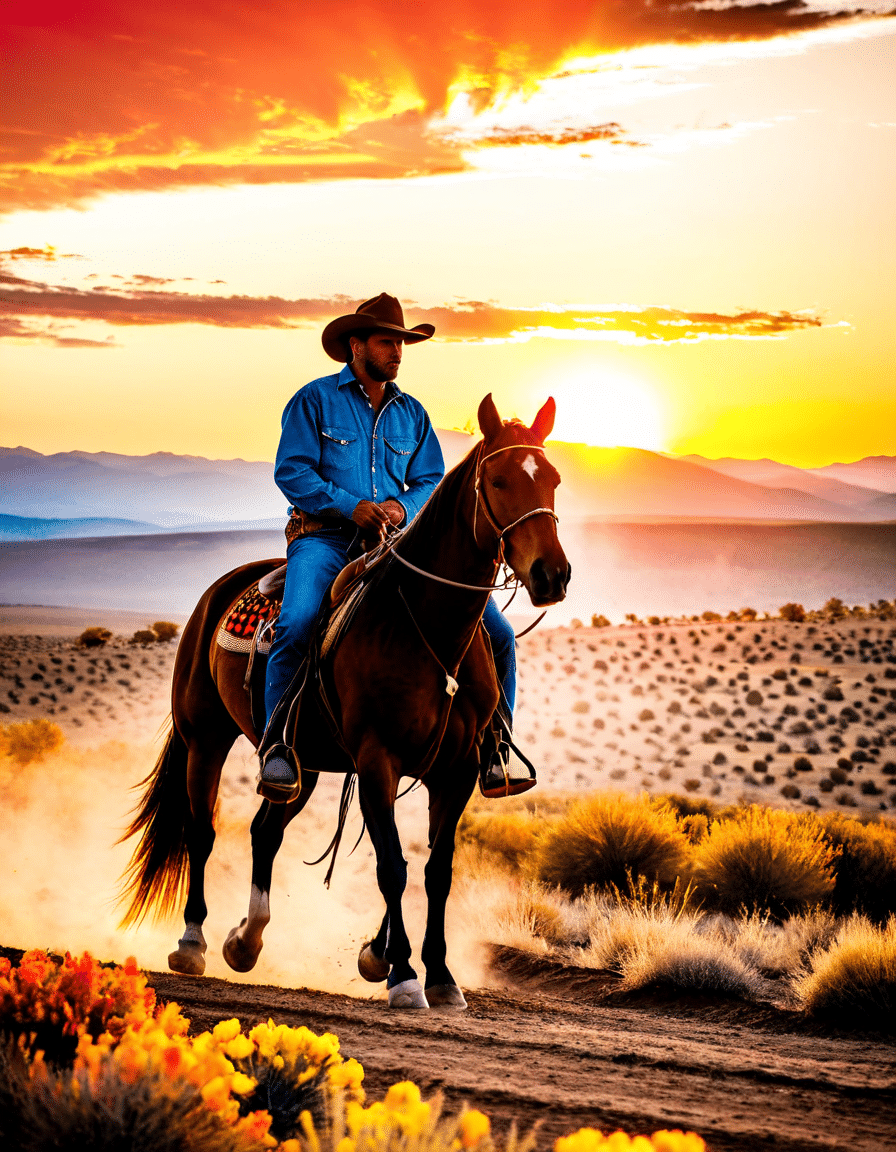
Marlboro Man Iconic Tobacco Hero Or Harmful Symbol
The Marlboro Man has had a fascinating journey through American culture, starting as an iconic tobacco hero synonymous with freedom and rugged individualism. Introduced in 1954, this advertising figure became the face of Marlboro cigarettes as it sought to establish itself as a masculine choice for men, rather than women. With his rugged good looks and carefree spirit, the Marlboro Man stood against vast American landscapes, representing the untamed essence of the American dream. However, as cultural dynamics shifted, this seemingly simple character evolved into a complex symbol for many, leading to debates about whether he is a beloved icon or a harmful representation in today’s world.
The Marlboro Man’s image flourished alongside the cinematic boom of the 1970s and 1980s. Films like Smokey and the Bandit presented an America that thrived on rebellion and charisma, resonating deeply with viewers. Companies capitalized on this sentiment, entwining the Marlboro Man’s image with the spirit of adventure and independence. Cottonwood ranches, open roads, and leather-clad bikers became the trademark visuals associated with this character. Yet, as the allure of the Marlboro Man grew, so did the backlash against the tobacco industry, leading many to question whether this figure truly represented freedom or was merely promoting an unhealthy lifestyle wrapped in rugged appeal.
Moreover, the Marlboro Man’s portrayal invokes a strong reaction when placed in the context of changing social attitudes towards masculinity and health. As viewers began to critically evaluate the implications behind this adversarial figure, cultural critiques emerged questioning the inherent values within the advertising campaigns. In this evolving narrative, the Marlboro Man’s legacy transcends mere marketing, becoming folklore seeped in social commentary.
1. The Marlboro Man’s Journey: From All-American Icon to Cultural Critique
The Smoky Adventure
Who can forget the unforgettable images of the Marlboro Man galloping across the wild frontier, cigarette in hand? From its inception, the Marlboro brand leveraged the notion of rugged masculinity wrapped in the thrill of adventure. The Marlboro Man became a symbol of American independence—a figure who relished the open road and the wind in his hair. As a result, he appealed to post-war men yearning for a sense of identity during an era of significant societal change.
A Transformed Image
However, as the public became increasingly aware of smoking’s health risks, the image of the Marlboro Man began to shift dramatically. Achieving parody status in pop culture, satirical portrayals surfaced in reality and fiction alike. The Marlboro Man transformed from a mere tobacco mascot into a complex, multifaceted character, sparking discussions on masculinity, risk-taking, and health. It’s hard to engage in these discussions without mentioning pop culture references like the Garbage Pail Kids, which offered a contrasting viewpoint on societal norms, including smoking.
The Ripple Effect
Culturally, the Marlboro Man’s impact is undeniable. While he triggered an aspirational desire in many, he also stirred discontent among health advocates. As the end of the 20th century approached, anti-smoking campaigns flooded the media, peeling back the layers of deception surrounding tobacco advertising. The Marlboro Man, once embraced with open arms, now faced scrutiny, as cultural debates emerged about whether he truly represented the American spirit or merely propagated harmful habits.
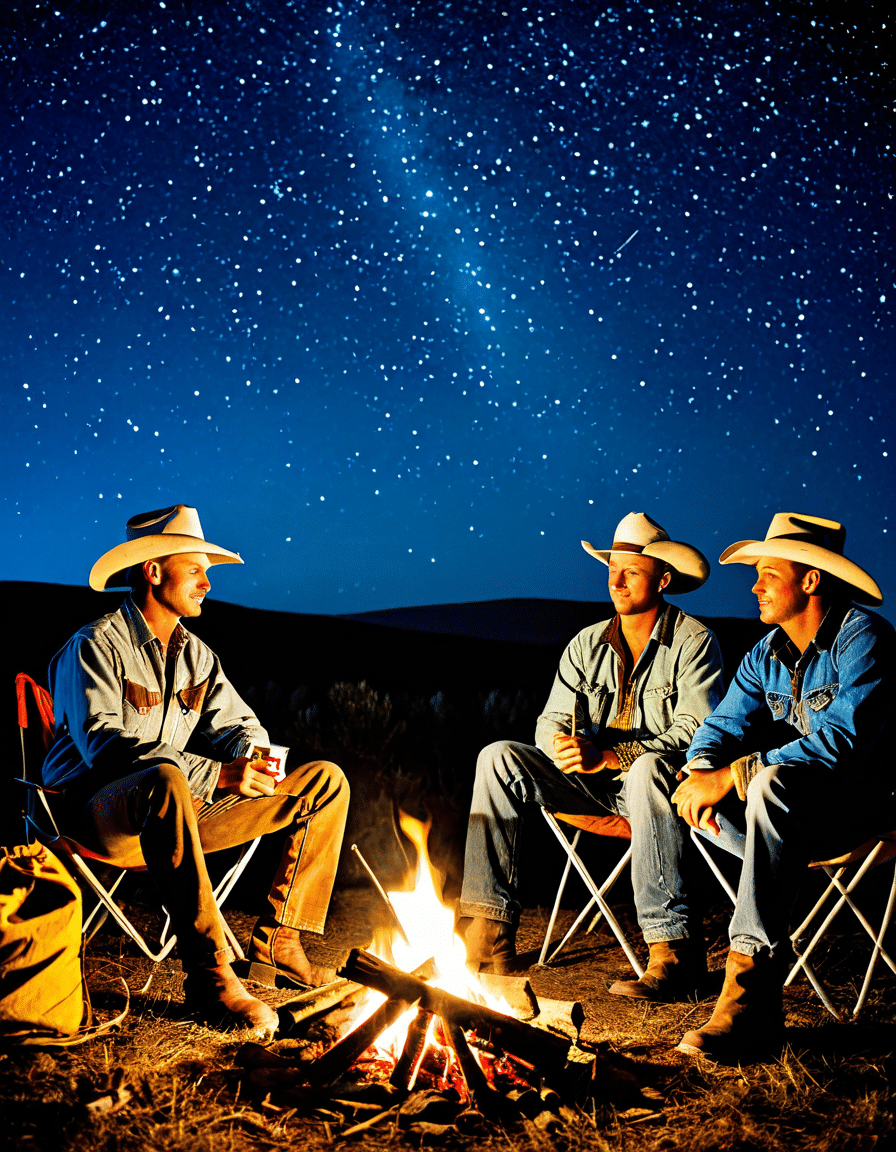
2. Top 7 Cultural References that Shaped the Marlboro Man’s Legacy
1. Harley Davidson and the Marlboro Man: A Cultural Crossroads
In the 1991 film Harley Davidson and the Marlboro Man, starring Mickey Rourke, the film showcased a fusion of identity across America’s subcultures. By intertwining the worlds of motorcycling and smoking, the film invited viewers to embrace the outlaw spirit. The movie created a glorified image of rebellion, and the Marlboro Man was at the helm—his smoking habit served as a badge of honor, further embedding tobacco’s legacy into the tapestry of American culture.
2. The Black Hamptons: Contrasting Images of Wealth and Rebellion
The Black Hamptons present an intriguing contrast to the ruggedness of the Marlboro Man. While the Marlboro Man’s image is deeply rooted in working-class representations of masculinity, locations like the Black Hamptons challenge those ideals. This juxtaposition spills into a commentary on race, wealth, and lifestyle choices, where the allure of tobacco clashed with a more luxurious façade. As the Marlboro Man cavalcades over picturesque plains, discussions about irresponsibility and smoking emerge against affluence.
3. Niggas in Paris: Hip-Hop Culture’s Pushback on Tobacco Advertisements
In stark contrast to tobacco’s glorification comes the powerful cultural narrative presented by Jay-Z and Kanye West in their 2011 hit Niggas in Paris. This song urges listeners to reconsider traditional portrayals, often steering clear of outdated tobacco depictions. The modern masculine identity presented in hip-hop, focusing on celebration and success, serves as a rebuttal to the Marlboro Man’s reckless abandon and becomes a force of change in cultural dialogues.
4. Green Street Hooligans: The Unruly Mascot
The 2005 film Green Street Hooligans offers a fascinating perspective that resonates with the Marlboro Man’s ideals of rebellion and brotherhood. Yet, it goes deeper by critiquing the violent impulses historically associated with masculinity. Engaging with themes of loyalty and camaraderie, the film challenges audiences to consider the consequences of insatiable masculinity and the dangers of identifying with such characters.
5. Garbage Pail Kids: A Juxtaposition of Innocence and Rebuke
When it comes to children’s entertainment, Garbage Pail Kids serves as an eye-catching mirror to the Marlboro Man’s image. The comedic portrayal underscores social norms surrounding smoking, highlighting the negative effects on youth culture. By presenting the Marlboro Man’s rugged image in a grotesque manner, the series opens up conversations on how cigarettes are glamorized to the young, much like advertising did within the broader scope of culture.
6. The Pillsbury Doughboy: Reinforcing Stereotypical Cuteness vs. Toughness
While the Marlboro Man embodies rugged individualism, the Pillsbury Doughboy stands as a contrast—symbolizing fun, community, and warmth. This juxtaposition invites interesting discussions in advertising narratives, demonstrating society’s evolving perceptions of masculinity. The soft, inviting image of the Pillsbury Doughboy softens the tough exterior of the Marlboro Man, pushing against traditional notions of manhood associated with smokey bravado.
7. The Dichotomy of Legacy: Iconic Hero Vs. Health Harbinger
In closing, the legacy of the Marlboro Man can be seen as a double-edged sword. On one hand, he dazzles as an iconic hero associated with adventure and masculinity. On the other, he raises uncomfortable questions around health and addiction. As public discourse around smoking evolves, so does the perception of this tobacco hero, prompting dialogues about societal values and responsible representation.
3. The Evolution of Perception: Analyzing Changing Views on Tobacco Promotion in Media
Through the decades, views on tobacco promotion have become increasingly critical. The portrayal of the Marlboro Man now reflects a deeper understanding of health issues and societal responsibility. The late 1990s saw a surge in anti-smoking movements that challenged past glorifications of tobacco and unveiled the darker truths behind the industry.
Organizations like the American Cancer Society have published comprehensive research exposing smoking’s hazards, cementing a shift in public perception. From inspiring images to sobering statistics, the cultural narrative surrounding the Marlboro Man transformed drastically. Once viewed as an emblem of freedom, he’s now often regarded as a cautionary tale, showcasing the manipulative nature of tobacco advertising.
Rising awareness around the health implications of smoking has propelled significant societal change. The Marlboro Man, while still an iconic figure, is now subject to criticism as advocates for public health champion transparency in advertising. The character’s journey represents an ongoing struggle between celebrating masculinity and addressing the need for responsible marketing in a rapidly changing landscape.
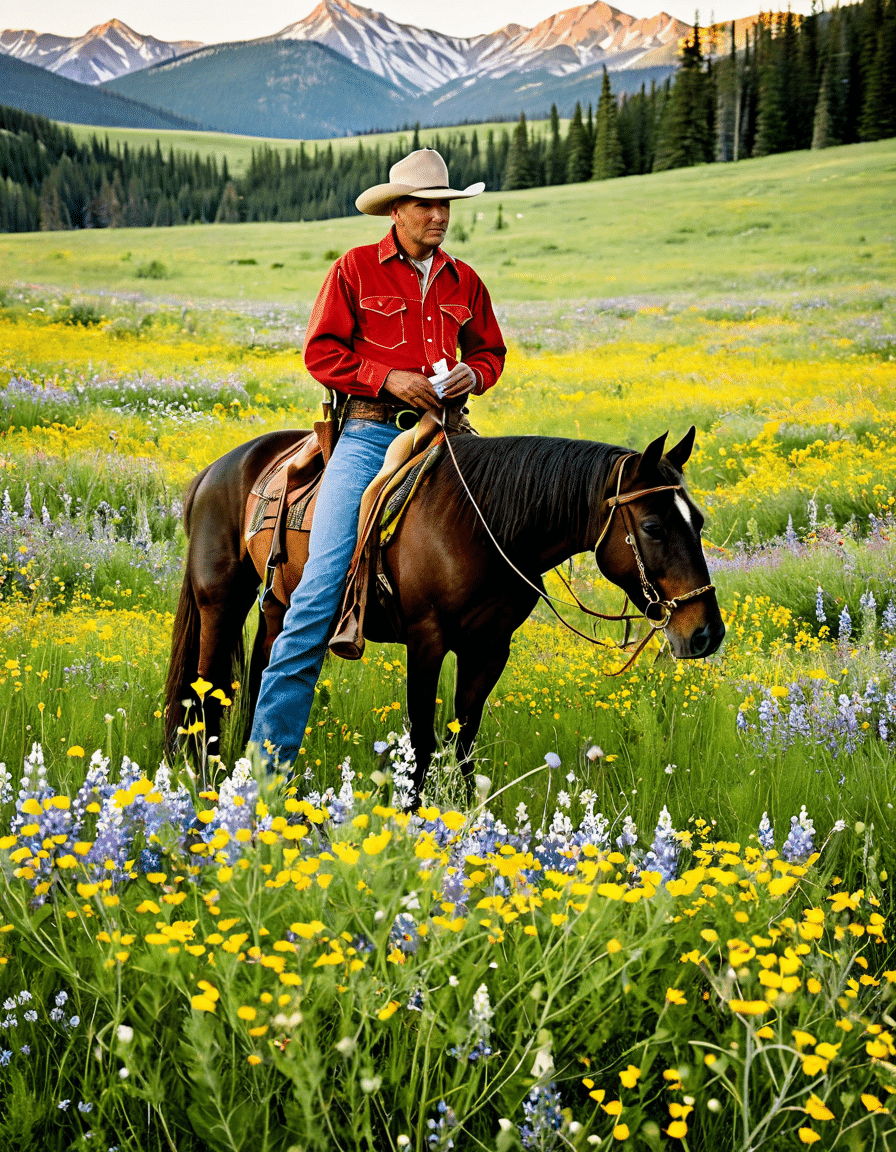
4. Revamping the Marlboro Man: Current and Future Directions in Advertising and Health
As we delve into 2024, the social landscape surrounding figures like the Marlboro Man continues to evolve. The rise of social media has shifted how brands engage with their audiences, making them reconsider the contexts in which they promote traditional characters. Today, consumers hold companies accountable, pushing for socially responsible advertising.
In this new era, brands are challenged to part ways with harmful practices and embrace the demand for wellness and transparency. The pressure mounts as organizations advocate for a healthier society—a significant shift from the carefree spirit epitomized by the Marlboro Man. The character’s legacy lies at a crossroads, prompting a re-evaluation of traditional ideals surrounding masculinity and tobacco use.
Ultimately, whether the Marlboro Man embodies a harmful symbol or a transformed representation of rugged individualism remains a matter of perspective. As societal values shift, so too does the Marlboro Man’s place in American culture. The ongoing debate reflects our quest for understanding, encouraging a look toward a future where the lessons learned can guide the next generation.
As the cultural icon stands tall against the horizon, the Marlboro Man’s journey reminds us of our collective responsibility to steer narratives toward health and well-being. Whether we celebrate or critique this figure, his story is a compelling emblem of what it means to navigate an ever-changing societal landscape that challenges our perceptions of freedom, masculinity, and health.
Marlboro Man: Iconic Tobacco Hero or Harmful Symbol
The Man Behind the Campaign
The Marlboro Man has been a significant figure in advertising since the 1950s. This rugged cowboy not only helped popularize the Marlboro brand but also altered the perception of smoking in America. Interestingly, the character was initially marketed to women, aimed at promoting a softer image of cigarettes. However, it quickly evolved into a symbol of masculinity and rebelliousness. This shift raises the question: was the Marlboro Man a hero, or is he part of a harmful culture? Speaking of cultural icons, did you know that “Blind Side” cast member Sandra Bullock won an Oscar for her role? The gamble of associating masculinity with smoking had consequences that we’re still unpacking today.
Trivia About the Marlboro Man
Throughout the years, various actors played the Marlboro Man, but one of the most famous was Wayne McLaren, who later contracted lung cancer and died in 1992. His story serves as a cautionary tale about the glamorization of smoking. On a lighter note, the Marlboro Man has even made appearances alongside celebrities like Ryan Keely, who starred in films that play with the themes of rebellion. It’s eye-opening how this image has woven itself into pop culture, often overshadowing the dangers of smoking, just as John Travolta’s daughter has become a figure in the celebrity spotlight. This juxtaposition makes you ponder the implications of glamorizing harmful behaviors.
The Legacy Lives On
The legacy of the Marlboro Man is far-reaching. Even as attitudes toward smoking have changed due to campaigns like the recent SAG-AFTRA strike, he remains an enduring symbol in advertisements and media. The strategy behind using such an iconic figure was designed to connect with the adventurous spirit of America. In effect, he became a cultural touchstone, comparable to icons in sports. For instance, Luka Doncic height contributes to his presence on and off the court, much like the Marlboro Man’s strong, imposing figure became a standard for masculinity. The Marlboro Man’s place in history forces us to confront the impact of these images on society and whether it’s time for a rethink.
These fascinating trivia points highlight how intertwined the Marlboro Man is with American culture—both as a champion of the tobacco industry and a figure deserving of scrutiny. So, as we blaze a trail through history, what comes next for such a complex character? Only time will tell.
